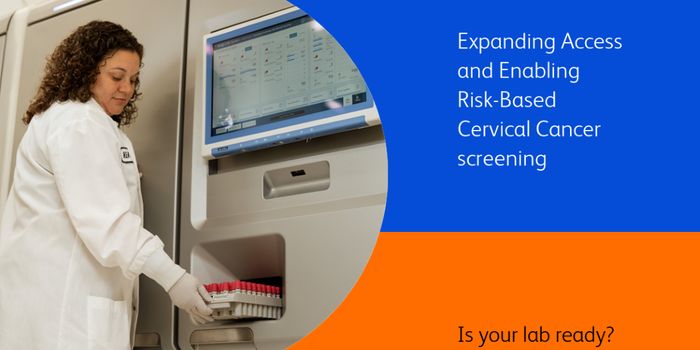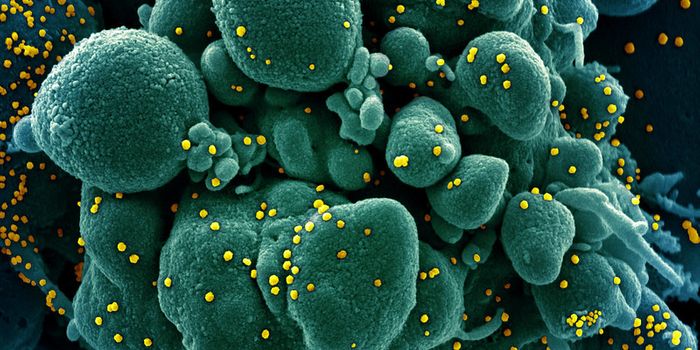Prostate Cancer: To Treat or Not to Treat
After a prostate cancer diagnosis, urologists do not always initiate immediate clinical intervention. In those with low-risk prostate cancer, a “wait and see” approach is usually recommended — a strategy known as active surveillance. During this post-diagnostic monitoring period, the patient’s health care team keeps a close eye on their condition via regular testing. However, exactly which patients should go down the active surveillance track remains a grey zone.
Mieke Van Hemelrijck from King’s College London is a lead researcher and part of the GAP3 consortium, the world’s biggest active surveillance prostate cancer database. Van Hemelrijck and colleagues have recently developed a tool to gauge risk levels in prostate cancer patients, allowing them to make data-driven medical decisions.
"Current methods of deciding whether or not to recommend treatment are not reliable,” said Van Hemelrijck.
“Our analysis shows that we should be able to produce a single global methodology, which will give accurate estimates of how aggressive these cancers are. These will feed directly into the treatment decision, and give men the reassurance they need to decide on treatment". The work was presented at the virtual European Association of Urology Congress.
Prostate cancers are detected with a prostate-specific antigen, or PSA, blood test, and most of the time, these tumors are considered low risk. In low-risk patients, the tumor is small, contained within the prostate, and is growing so slowly that it is extremely unlikely that it will become life-threatening. In these cases, treatment strategies are unnecessary, especially considering the side effects: impotence, leaking urine, and painful bowel movements. In some countries, up to 80 percent of men diagnosed with prostate cancer opt for active surveillance over treatment.
In a big leap forward, researchers of the GAP3 Consortium have developed the prostate cancer tool called a nomogram — a treatment calculator tool that provides advice on whether or not to pursue treatment. The researchers have created the world’s biggest database on active surveillance with data from over 14,000 patients. It includes information on age, size, tumor status, PSA levels, genetic factors, and the time spent on active surveillance.
"Not surprisingly, we have found that even accounting for these factors there was still differences in outcomes between participating centers. But this work has shown that it will be possible to produce a nomogram which can guide treatment,” said Van Hemelrijck.
“Just as importantly, the work shows which additional factors need to be included in the nomogram in future to enable us to eliminate this variation and produce accurate estimates of tumor aggressiveness".
Source: European Association of Urology, EurekAlert.









